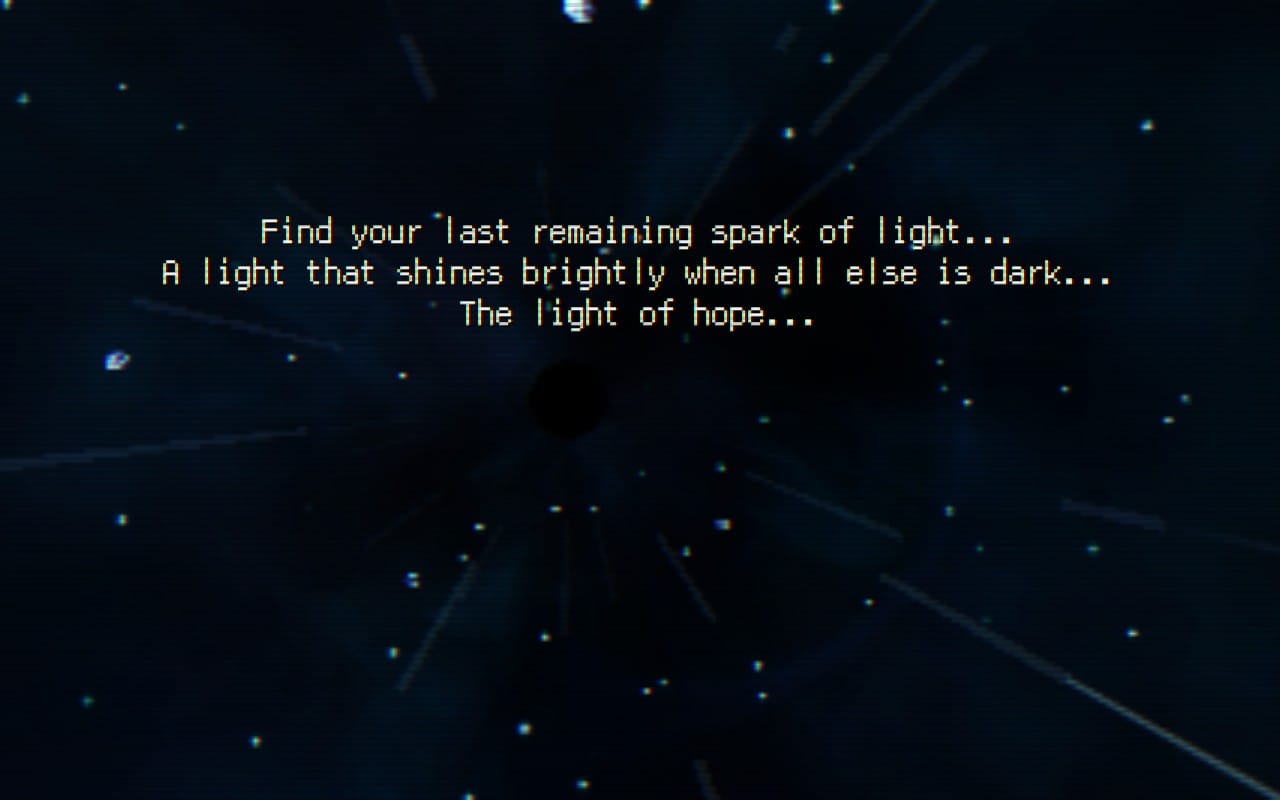The Fundamental FINAL FANTASY III
Appreciated and hated
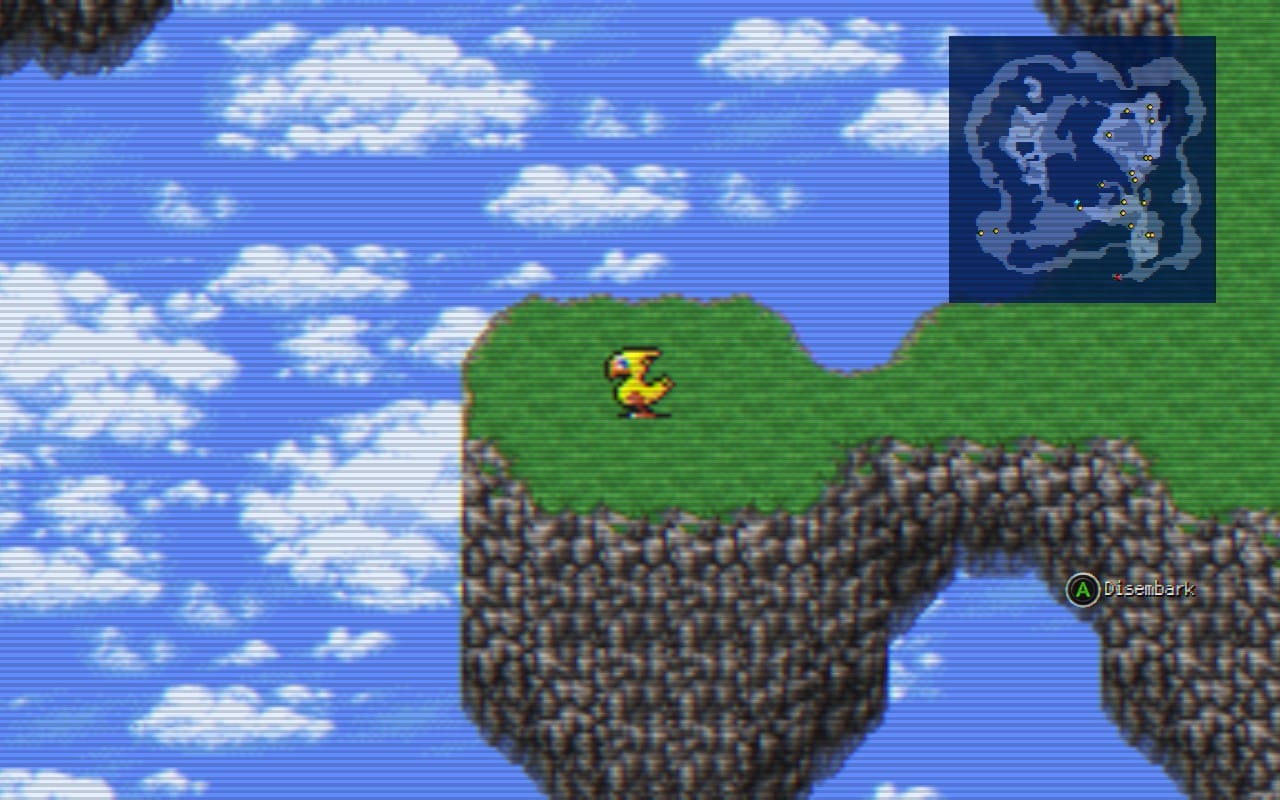
I was dreading my playthrough of Final Fantasy III the most. This title is known by fans for containing the most forgettable narrative and some of the most grueling and intense dungeon crawling in the entire series. After playing through the game, I wouldn’t disagree with any of those opinions, but only in hindsight. Looking back on my time with Final Fantasy III feels like I had just done a handful of random tasks and then killed god and all 50 of her friends. Actually playing the game feels like going through a light and breezy fantasy adventure and then being rewarded for trying each class in the game prior.
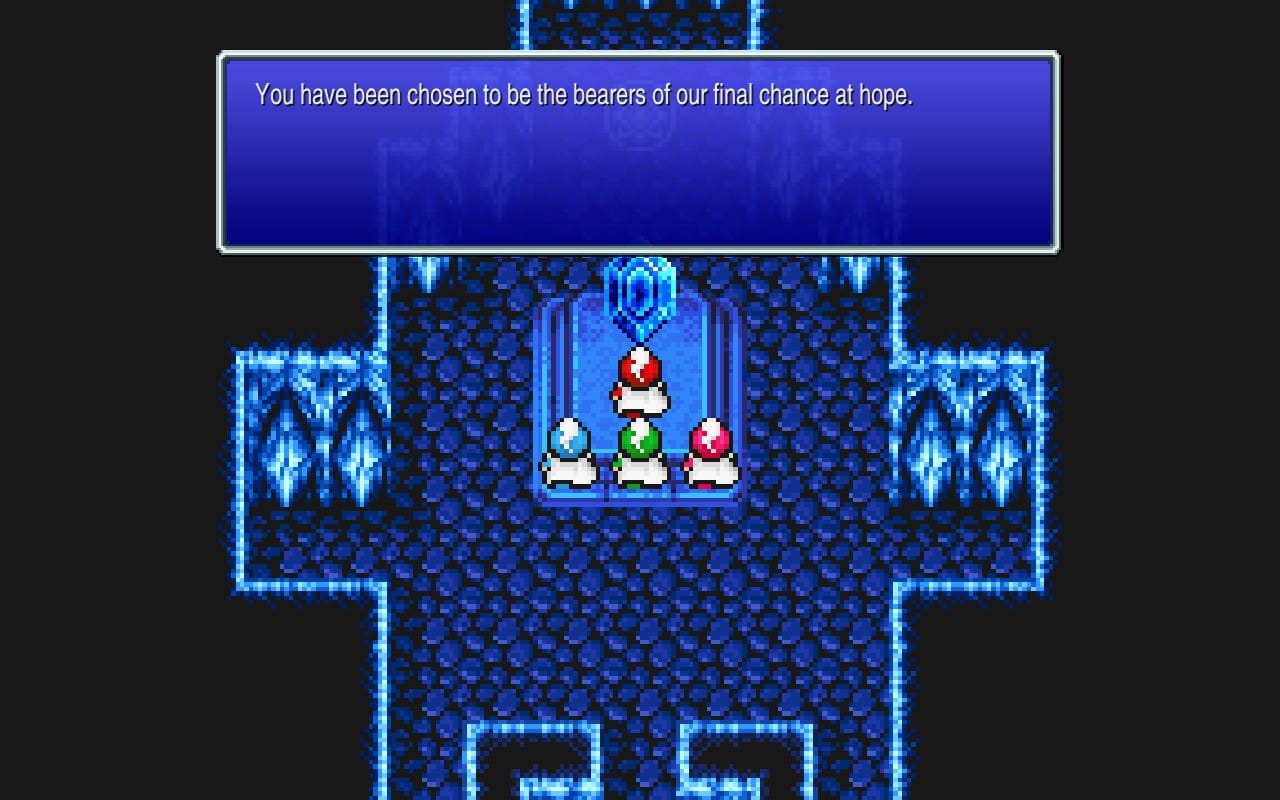
In Final Fantasy III, you create four heroes of light who are destined to defeat the encroaching darkness on the land. They stumble upon the first crystal of light and learn that this fated meeting would gift them the power to push back against evil, the power to get a job. Not the type of job with a retirement plan or a 9-to-5 schedule; these jobs allow our heroes to specialize in various forms of combat that will help them face adversity in their travels. The heroes are instructed to go out and defeat evil and defend the light against the darkness seeking to overtake the land.
My main issue with Final Fantasy III has to be one of preference, I think. The game's earliest segments see the player facing enemies that can only be beaten by employing singular strategies and equipping specific jobs. These strategies are generally told to the player by NPCs beforehand. They are also easy to pivot to if you are playing the Pixel Remaster like I was, which actually makes this part of the game relatively easy and painless.
My biggest gripe with this is simply that I hate being shown a world of options only to be pigeon-holed into a specific play style. Being told that I have to make my tank into a mage just to kill a rat makes me feel like I am giving up build expression and creativity to satisfy a boss gimmick; that my free will in team building is secondary to the puzzle presented. I can see how some players would really enjoy employing many different strategies to tackle niche tasks, but when a game presents me with options, I normally want those options to be viable during the following challenges. I wanted to get this out of the way early because I believe that my biggest nitpick is entirely a personal gripe that won’t apply to most players.
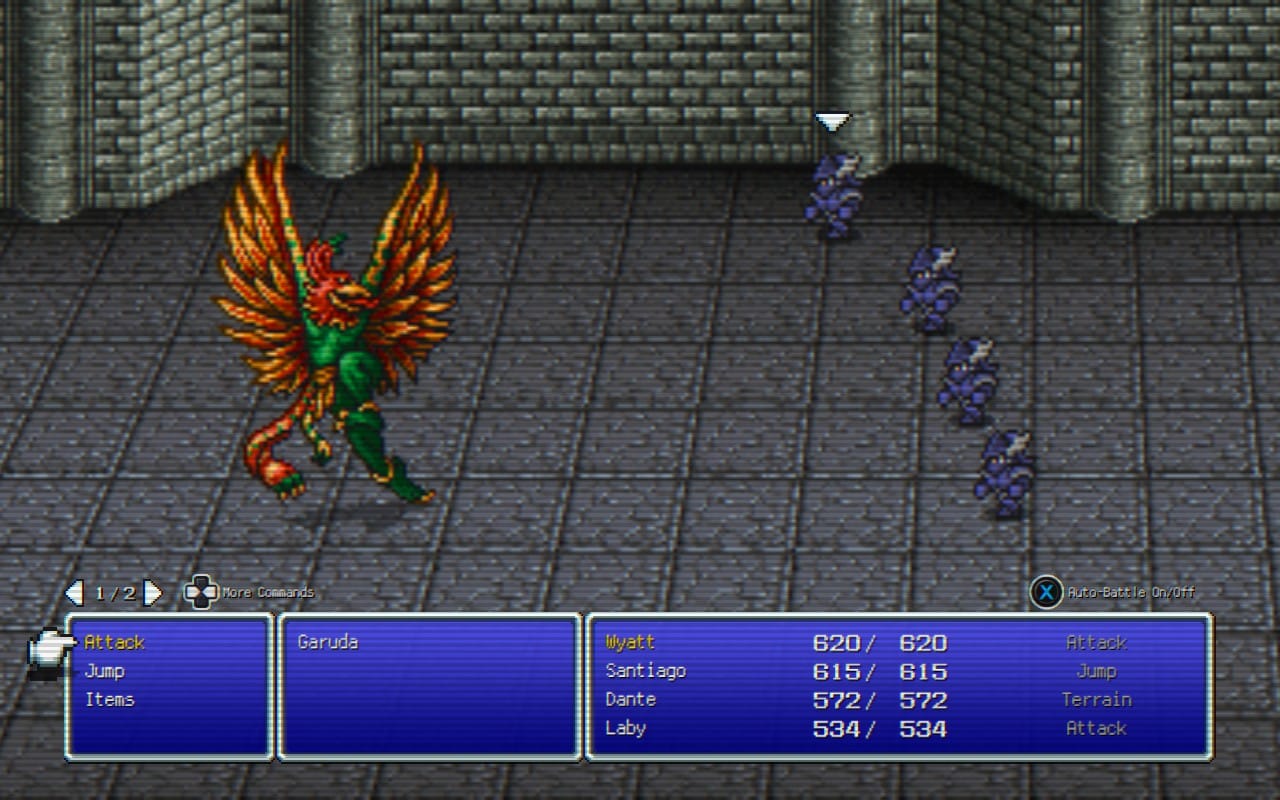
One thing that Final Fantasy III does extremely well is exploration. During my Final Fantasy II discussion, I said that the high encounter rate made exploration so much of a slog that it was worth it to just use a guide so that you could avoid the extra combats that would occur while wandering around. I was really pleased to find out that Final Fantasy III would lower the encounter rate to a level where it was a treat to find my own way, talk to NPCs, and discover on my own where to go next. I didn’t use a guide except at the very end to clean up side content that I missed, and even then, by talking to the townspeople, it would have been enjoyable to find these places on my own.
This is made so eventful because, in essence, Final Fantasy III is an RPG Metroidvania. As the game expands for the player, it does so by offering them new and varied tools that reveal hidden or expanded portions of the world. This is mostly delivered by offering the player better airships. Vehicles are a large part of this game, and getting a new one is an exciting experience as you suddenly remember that you can get to a place that an NPC told you about or finally fly over that mountain range to access a new town.
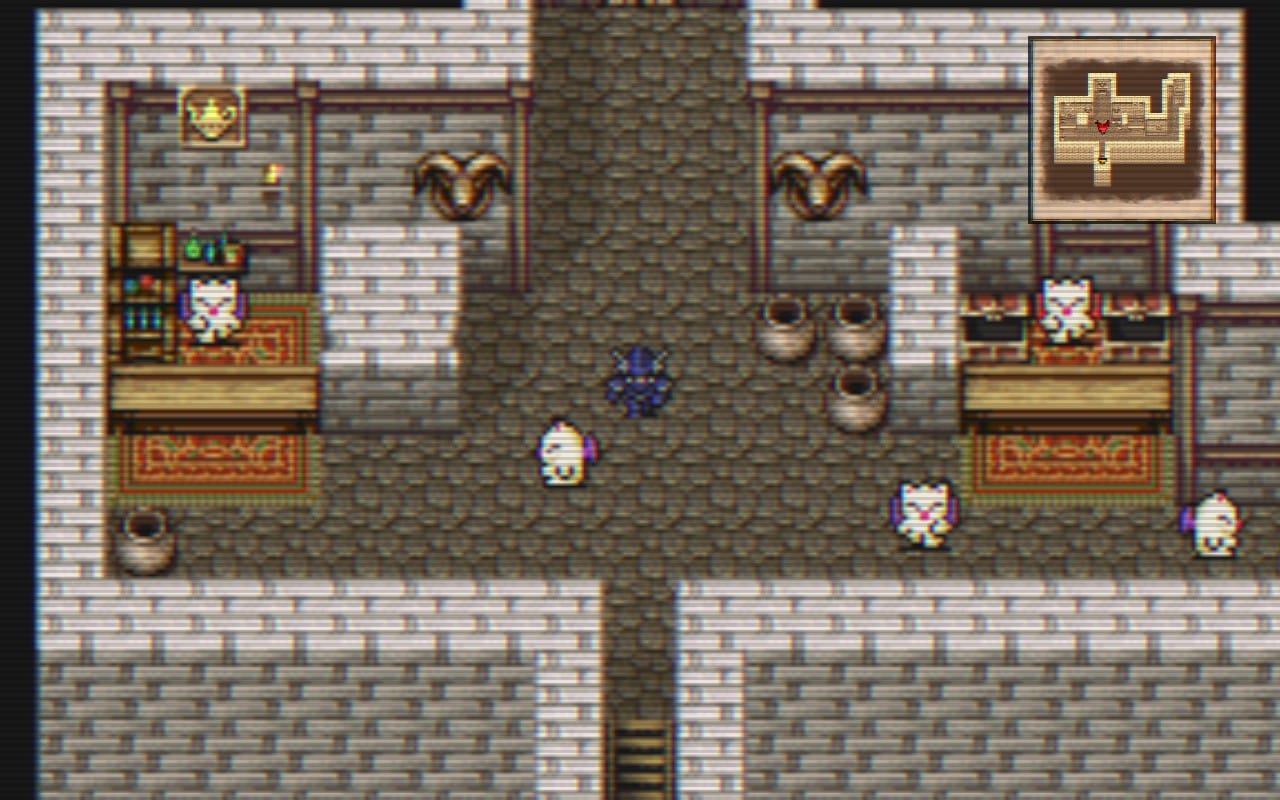
I want to say that this is the definitive blueprint of Final Fantasy, because it introduces many of the elements that have become series staples. Chocobos make their first appearance and allow you to traverse the world without getting into enemy encounters. Every major summon from Ifrit to Odin make their debut as the powerful abilities of the summoner class. But we would see most of the games' identity as highlights of what made past games great. The job system is similar to the classes from Final Fantasy I, that made a return due to the unpopularity of Final Fantasy II’s skill system. Airships that expand the world and allow access to more areas. Temporary characters that come and go with the story, some even sacrificing themselves for the cause.
For all these reason, this is the fundamental game of the series only because it highlights every major concept that makes Final Fantasy into Final Fantasy. And it feels hollow.
In every other entry, Final Fantasy is known for taking mechanical risks, pouring heart into its stories, and applying unique art styles to its worlds. This game does none of those things and succeeds at being a mediocre role-playing game about generic heroes doing generic hero tasks. The one thing that makes this game special is its job system and it prohibits you from experimenting with it on your own terms until you get to Act 3.
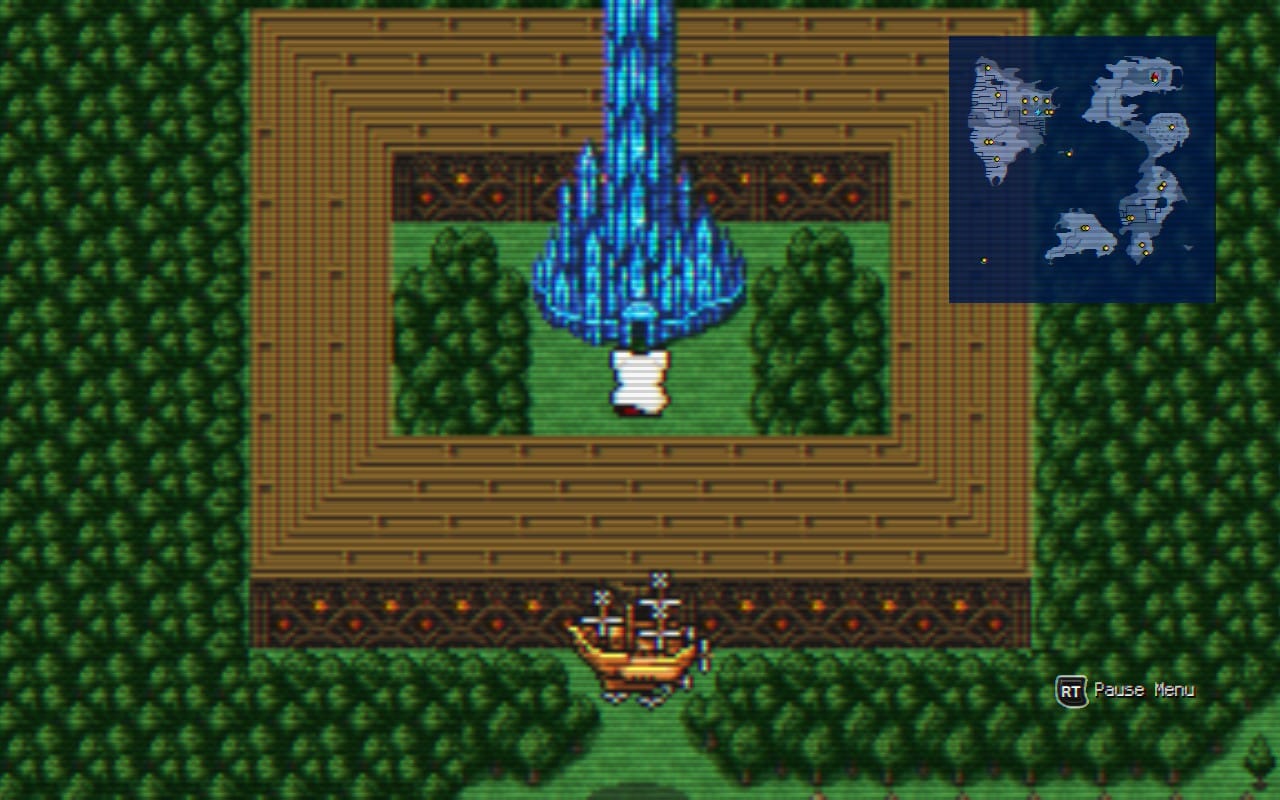
Act 3 is the strongest section of Final Fantasy III, and it is also what scares fans the most. Once you enter the ancient maze, there is no inn where you can rest. You are sent through a gauntlet of challenges broken up by dungeon crawling and treasure hunting. In previous versions of this game, the player was reliant either upon classes that didn’t use MP or saving all of their Elixers for this section. Luckily, in the Pixel Remaster, checkpoints that heal and restore the party were added into World of Darkness, so that this was not so much of an endurance run.
There are no bosses in the final dungeons that ask you to employ certain strategies to beat them. This is when the job system becomes the JRPG playground that I craved since the beginning of the game. I was able to use my favorite team to go round after round with the hardest enemies in Final Fantasy lore, and every floor of Syrcus Tower is a treat because of it. I think that my distaste for the early sections of the game is entirely due to the fact that the end of the game shows you exactly what the whole game could have been like.
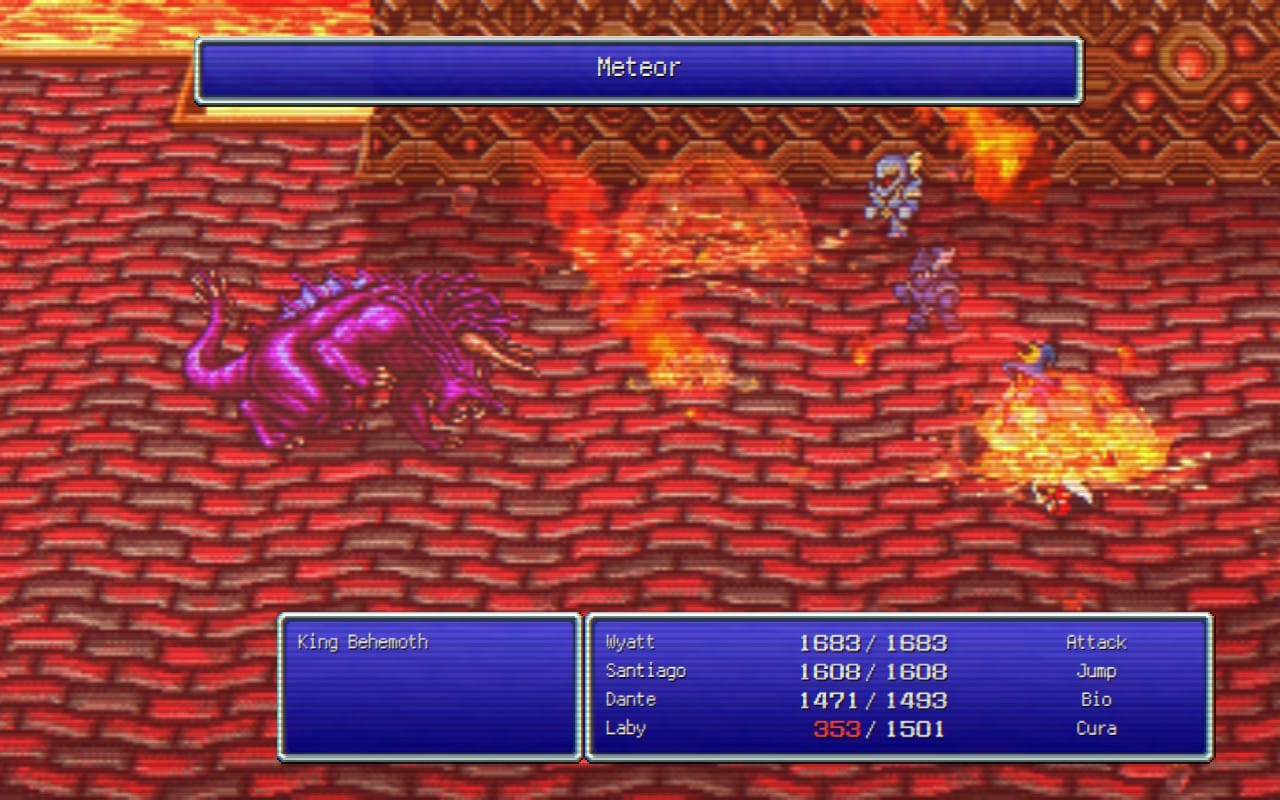
I had my Geomancer able to roll the dice on his craziest skills, my Dark Knight slinging blades through enemies, my Dragoon up in the air all day, and my White Mage on full babysitting mode. This was my Warrior of Light machine running on all cylinders. This will be the only time that you hear me say that I’m glad that the bosses have turned into damage sponges with full party nukes. Balancing damage and defense in this game is a veritable treat as you take the parties you’ve built into these insane endgame confrontations.
My favorite experiences in this section have to be either doing the resurrection dance against the two-headed dragon that could one-shot any of my characters, or using Dragoon to do massive jump damage. Well, technically Dragoon just does two turns worth of regular damage all at once by skipping a turn, but seeing the big number feels so good. All of this culminates in the final fight with Cloud of Darkness.
I feel that by now I should be used to the final boss fight of these games being incredibly unfair compared to the fights laid out before it, but this was truly a miserable encounter. Cloud of Darkness will continuously use a full party damage attack and really nothing else for the entirety of the fight. Unless your party can take two hits from the boss in a row, it is a roll of the dice on whether you can withstand the assault long enough to retaliate. I squeaked out a win with only my Dragoon alive, just jumping and jumping to avoid the death laser beams. I realize that earlier I said that I appreciated the full party nukes, but even Chaos in Final Fantasy I cast a spell sometimes to mix up the fight. Cloud of Darkness is just an endurance check to make sure you have mixed defense and offense to a degree that you may not have had to up until this encounter.
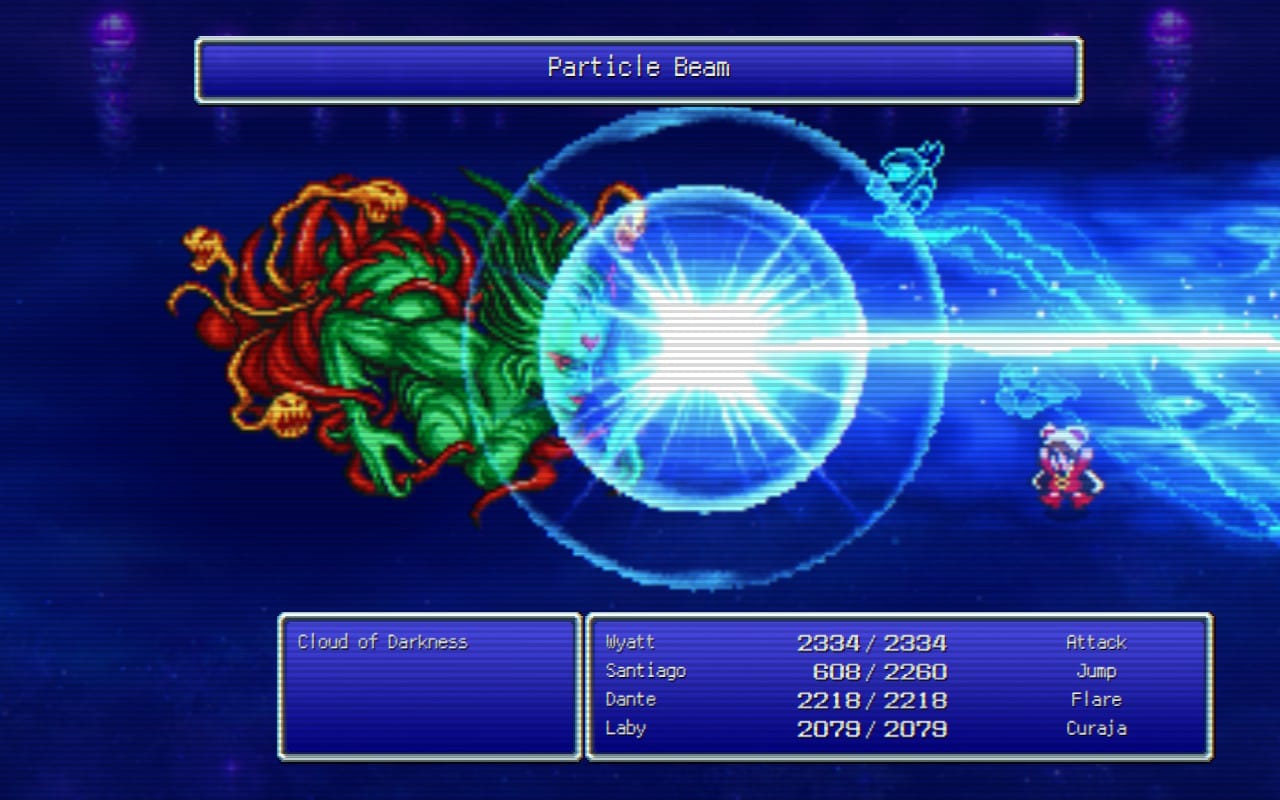
I easily died more times during this game than in any other RPG that I have ever played, and this game is only about 20 hours long. I would say that it’s a testament to the job system and the forgiveness of the Pixel Remaster that I stuck with this game as long as I did, but I’m glad for it.
As a longtime Final Fantasy XIV fan, this game was the progenitor of many of the jobs and stories that we see in the titular MMORPG today. Much like in Final Fantasy XIV, Final Fantasy III exists in a cyclical world that sees divine influence whenever the contrast between light and dark becomes too great. When the powers of light have become too strong, the warriors of darkness come to balance the world. When Xande and the Cloud of Darkness threaten to flood the world with darkness, your warriors of light are called upon to stop the engulfment.
In Final Fantasy XIV Shadowbringers, we get to play as the warrior of darkness as they stop the powers of light from swallowing a world saved by heroes too often. I love this dynamic, and it is one of my favorite pieces of world-building that you could pretend is the case with any of the other Final Fantasy titles as well. This would tie into the series' main themes of destiny into duty. In Final Fantasy, every conflict is cosmic and much bigger than the hero and the player. But the hero is the small piece of the puzzle that is destined to become the most integral to ending that conflict.
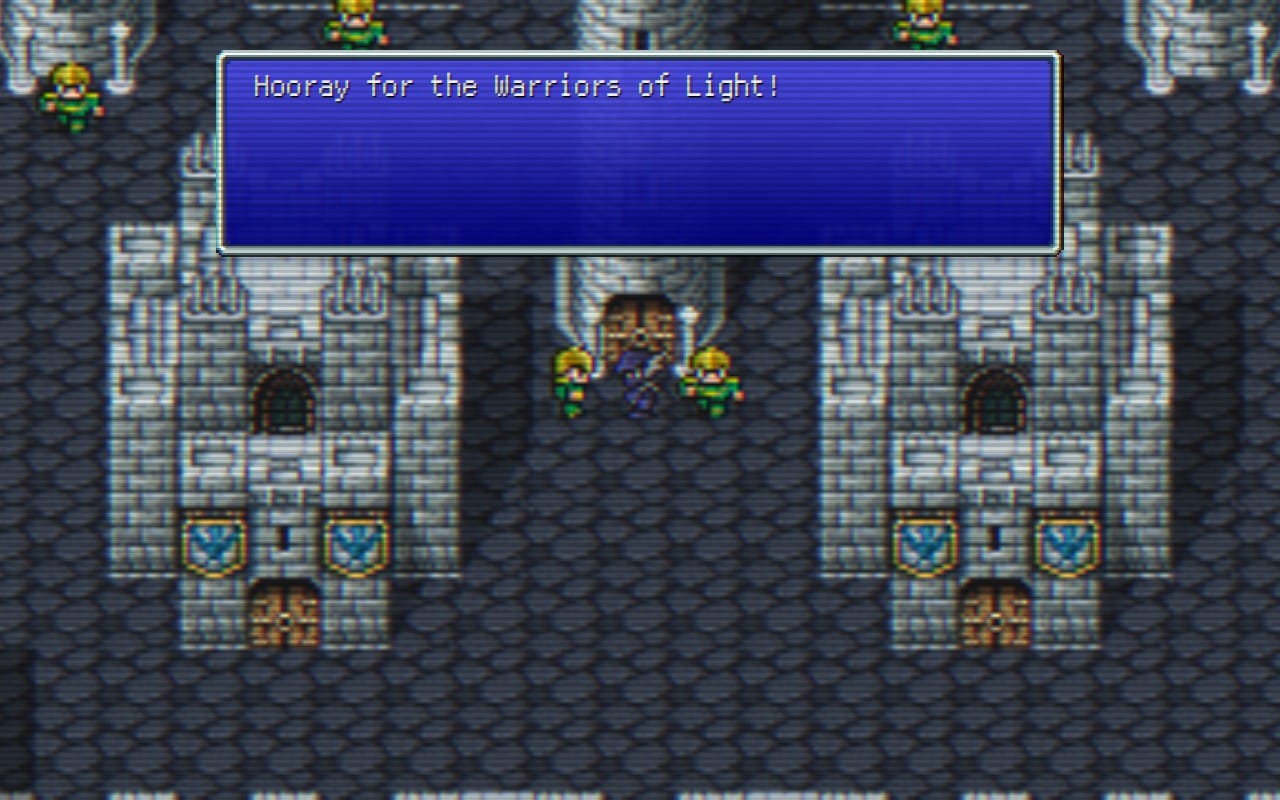
Final Fantasy III is a fundamental piece of the Final Fantasy we know today, boiled down to exactly its identity and nothing more. This is not a game that I would recommend anyone play, because all parts of it exist in every Final Fantasy to come after. It remains the source of a multiverse governed by a pantheon of core gods, a set of magic that never stales, a globe-trotting adventure fueled by comedy and sincerity, and Cid, of course. This mythos sits at the core of the most popular RPG series of all time, and that is not by mistake; it’s magical, and we have Final Fantasy III to thank; may we never need it again.
